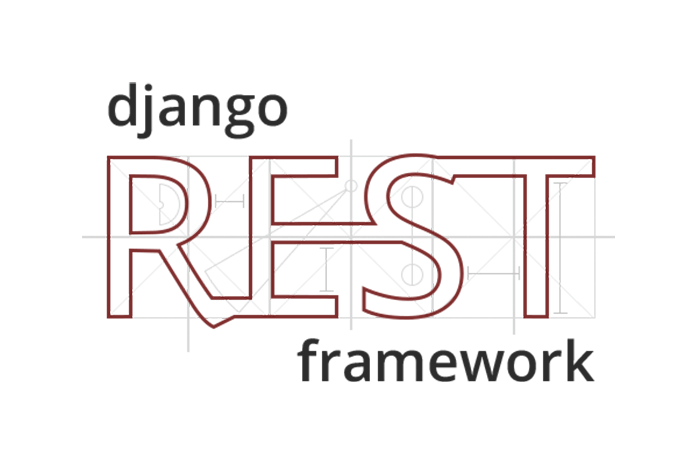
API Design with Python, Django & Django REST Framework
Technology offers the powerful combination of Python, the Django web framework, and the Django REST Framework, which significantly streamlines the process of designing and building robust APIs. Python’s readability and extensive libraries, coupled with Django’s “batteries-included” approach and the Django REST Framework’s focus on API development, enable rapid prototyping and deployment of well-structured and scalable APIs. Modern development tools and deployment platforms further enhance the efficiency of this technology stack.
The key topics to learn in API Design with Python, Django & Django REST Framework are:
- Python Fundamentals: Core concepts of the Python programming language.
- Django Framework Basics: Understanding models, views, templates, and routing.
- Django REST Framework Fundamentals: Serializers, views, routers, and API View.
- RESTful API Design Principles: Understanding HTTP methods, status codes, and designing resource-oriented APIs.
- Building APIs with Django REST Framework: Creating serializers, viewsets, and handling requests and responses.
- Authentication and Permissions: Implementing user authentication and controlling access to API endpoints.
- API Documentation (Swagger/OpenAPI): Generating and understanding API documentation.
- Testing APIs: Writing unit and integration tests for API endpoints.
- Advanced Django REST Framework Features: Filtering, pagination, throttling, and custom viewsets.
- Deployment and Scaling of Django APIs: Understanding deployment options and strategies for handling increased traffic.
Industry Use Cases:
- Content Management Systems (CMS): Providing APIs for accessing and managing content for websites and mobile applications.
- Data Aggregation Platforms: Building APIs to collect and expose data from various sources.
- Machine Learning Model Deployment: Creating APIs to serve predictions from trained machine learning models.
- Mobile App Backends: Developing robust and scalable backends to support mobile applications.
- Internal Microservices Communication: Building APIs for communication between different microservices within an organization.
